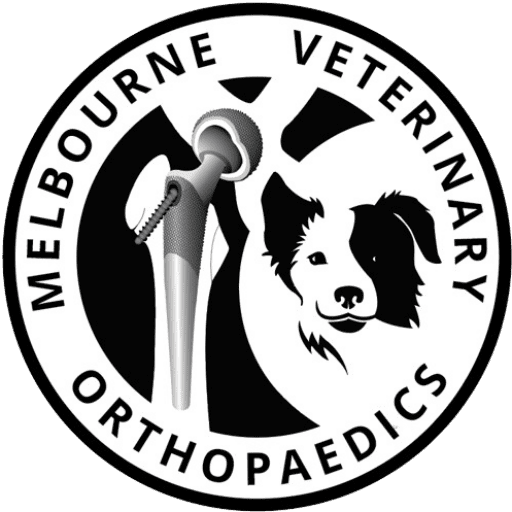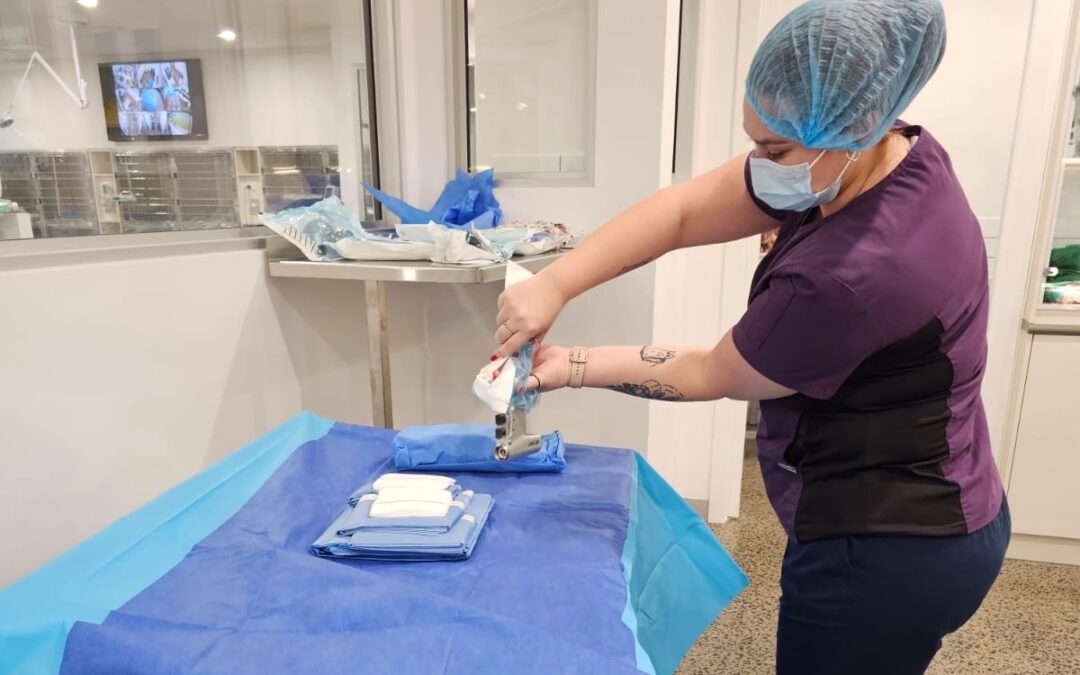Reducing infection during veterinary surgery is crucial to ensure the safety and recovery of the animal. Infection control involves several key practices, from preoperative to postoperative care. Here’s an overview of essential measures to minimize infection risks:
Preoperative Measures
- Sterile Environment: Ensure the operating room is clean and sterilized. Use proper air filtration systems (e.g., HEPA filters) to reduce airborne bacteria.
- Proper Sterilization of Instruments: Autoclave all surgical instruments, drapes, and any reusable items. Use sterile, disposable materials when possible.
- Antiseptic Skin Preparation: Clean and disinfect the surgical site thoroughly using an appropriate antiseptic solution (e.g., chlorhexidine, povidone-iodine) before the surgery. Scrub the area gently to minimize irritation but ensure adequate microbial reduction.
- Hair Removal: If hair needs to be removed from the surgical area, use clippers instead of razors to avoid skin abrasions, which can increase infection risk. Any hair should be removed before the antiseptic preparation to avoid contamination.
- Patient Hygiene: Ensure the patient is in optimal health prior to surgery. Any underlying infection should be treated before proceeding with elective surgery.
- Antibiotic Prophylaxis: In some cases, administering a prophylactic dose of broad-spectrum antibiotics before the procedure (typically 30-60 minutes prior to surgery) can help prevent infections, especially for high-risk procedures. Consult with the veterinary team for appropriate choices.
Intraoperative Measures
- Surgical Hand Scrub: Surgeons and assisting staff should perform a thorough surgical scrub using a disinfectant soap or scrub solution to ensure clean hands and arms before donning sterile gloves.
- Use of Sterile Technique: Maintain sterile technique throughout the procedure. Ensure that gloves, drapes, and sterile instruments are used and only sterile items come in contact with the surgical site.
- Minimize Surgical Time: Keep the surgery as short as possible to reduce the exposure of tissues to the air and external contaminants.
- Avoid Contamination: Do not let sterile instruments touch non-sterile surfaces. If contamination occurs, immediately replace items or re-sterilize as necessary.
- Monitor Temperature and Humidity: Maintain a stable operating room environment with proper temperature and humidity levels to minimize the risk of bacterial growth.
Postoperative Measures
- Wound Care: After surgery, carefully monitor the wound for signs of infection. Apply sterile bandages if necessary and change them regularly to prevent bacterial colonization.
- Antibiotic Therapy: Postoperative antibiotics may be prescribed for a period based on the type of surgery or if there was contamination during the procedure. Be cautious with long-term antibiotic use to prevent resistance.
- Pain Management: Proper pain control can prevent the patient from excessively licking or biting the surgical site, which can introduce bacteria. Use appropriate pain management protocols as needed.
- Client Education: Educate the pet owner about proper post-surgical care, including keeping the wound clean, restricting the pet’s activity to avoid stress on the surgical site, and monitoring for signs of infection such as redness, swelling, heat, or discharge.
- Follow-up Appointments: Schedule postoperative checks to monitor healing and catch any signs of infection early.
Handling Surgical Waste
- Proper Disposal: Ensure that all used materials, including used gloves, sponges, drapes, and sharps, are disposed of properly to prevent contamination of the environment or injury to personnel.
Use of Isolation Techniques
- In cases of high-risk patients or surgeries, consider isolating the patient in a sterile recovery area. This helps minimize exposure to other pathogens that may be present in a busy clinic or hospital environment.
Monitoring and Early Detection
- Monitor the patient post-surgery for any signs of infection, including increased temperature, redness, swelling, or discharge at the surgical site. Early intervention is key to preventing further complications.
Vaccination and Preventative Health
- Ensure that the animal is up-to-date with vaccinations, especially for pathogens that can complicate surgical wounds (e.g., Bordetella bronchiseptica, Leptospira, etc.).
Summary
Infection prevention during veterinary surgery is achieved through strict adherence to sterile technique, proper patient preparation, effective use of antibiotics, and careful monitoring throughout the surgical process. By combining these measures, veterinarians can significantly reduce the risk of postoperative infections and promote better recovery for the animal.

